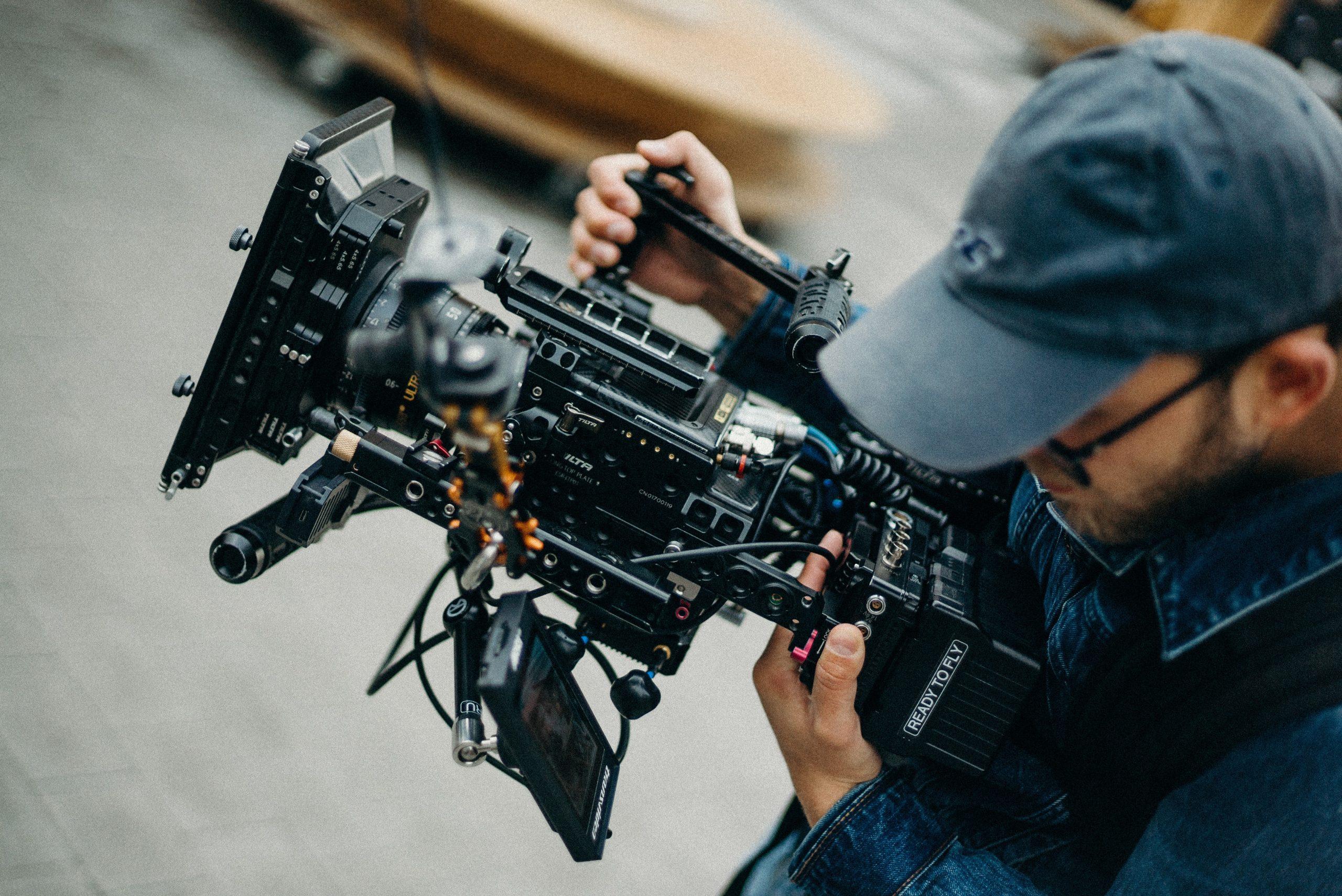In the world of filmmaking, the art of capturing stunning visuals is often attributed to the skillful manipulation of light. While artificial lighting offers control and consistency, it is the use of natural light that truly tests a cinematographer’s prowess. Harnessing the unpredictable and ephemeral qualities of sunlight, these visual storytellers transform ordinary scenes into breathtaking cinematic experiences. This article delves into the techniques and strategies employed by cinematographers to masterfully capture the essence of natural light, revealing the intricate balance between artistry and technical precision that defines their craft. Through an analytical lens, we explore how these experts navigate the challenges and embrace the opportunities presented by nature’s own spotlight.
Mastering the Art of Natural Light in Cinematography
Cinematographers who excel in using natural light possess an intuitive understanding of how to harness its subtleties and nuances to create breathtaking visuals. By embracing the unpredictable nature of sunlight, they are able to infuse their work with authenticity and depth. Key techniques include:
- Golden Hour Mastery: The soft, warm glow of the golden hour—shortly after sunrise or before sunset—offers a magical quality that cinematographers often seek to capture. This time of day provides a natural diffusion that highlights subjects with a gentle radiance.
- Utilizing Shadows: Shadows can add dramatic contrast and texture, enhancing the mood and atmosphere of a scene. By strategically positioning the camera and subjects, filmmakers can play with shadow patterns to create dynamic compositions.
- Reflectors and Diffusers: Simple tools like reflectors and diffusers help manipulate natural light to achieve desired effects. Reflectors bounce light to illuminate shadowed areas, while diffusers soften harsh sunlight, ensuring even exposure.
By understanding these techniques, cinematographers can elevate their storytelling, crafting visuals that resonate with the authenticity of natural light.
 Techniques for Harnessing the Sun’s Shifting Moods”>
Techniques for Harnessing the Sun’s Shifting Moods”>
Techniques for Harnessing the Sun’s Shifting Moods
Mastering the dance of light and shadow, cinematographers employ a variety of techniques to leverage the sun’s dynamic presence. Golden Hour remains a coveted time for its soft, diffused light that casts long shadows and creates a warm, ethereal glow. The low angle of the sun during these hours provides a flattering, even illumination that can transform ordinary scenes into breathtaking visuals.
When working with more challenging lighting conditions, such as midday sun, filmmakers often use tools to modify and control the intensity. Reflectors are key in bouncing sunlight to fill shadows and add dimension to subjects, while diffusers soften harsh rays, preventing overexposure. Skilled cinematographers also embrace the sun’s unpredictability by shooting in natural settings where elements like trees or buildings naturally break up and filter light, creating intricate patterns and enhancing the scene’s depth.

Strategic Planning for Optimal Light Conditions
Cinematographers understand that capturing the essence of a scene often relies on the subtle interplay between light and shadow. By strategically planning for optimal light conditions, they elevate their craft to new heights. Analyzing natural light involves a keen awareness of the time of day, weather conditions, and geographical location. This allows filmmakers to anticipate the sun’s position and its impact on the scene, ensuring that the lighting enhances the mood and tone.
To achieve this, cinematographers often rely on a few key strategies:
- Golden Hour Mastery: Utilizing the soft, warm light during sunrise and sunset to create breathtaking visuals.
- Cloud Cover Consideration: Embracing overcast skies to diffuse light evenly, minimizing harsh shadows.
- Reflective Surfaces: Employing natural reflectors like water or light-colored surfaces to bounce light creatively.
By embracing these techniques, cinematographers transform natural light into a powerful storytelling tool, crafting images that resonate with audiences on a profound level.

Innovative Solutions for Common Natural Lighting Challenges
Cinematographers often face the challenge of working with natural light, which can be unpredictable and difficult to control. However, by employing innovative techniques, they can turn these challenges into opportunities for creating breathtaking visuals. One key approach is the strategic use of reflectors and diffusers. These tools help manipulate sunlight, allowing filmmakers to soften harsh shadows or highlight specific elements within a scene. By positioning reflectors to bounce light, they can illuminate subjects in a way that feels both natural and aesthetically pleasing.
Another effective method involves timing and location scouting. Cinematographers meticulously plan shoots to coincide with the golden hour, the period shortly after sunrise or before sunset when the light is softer and more flattering. Additionally, selecting locations that naturally filter or direct sunlight, such as forests or urban environments with tall buildings, can provide dynamic lighting conditions. Some filmmakers also embrace cloudy skies as a natural diffuser, offering even and diffused lighting that eliminates harsh contrasts. By understanding and adapting to these variables, cinematographers are able to harness natural light to its full potential, crafting stunning and evocative images.

